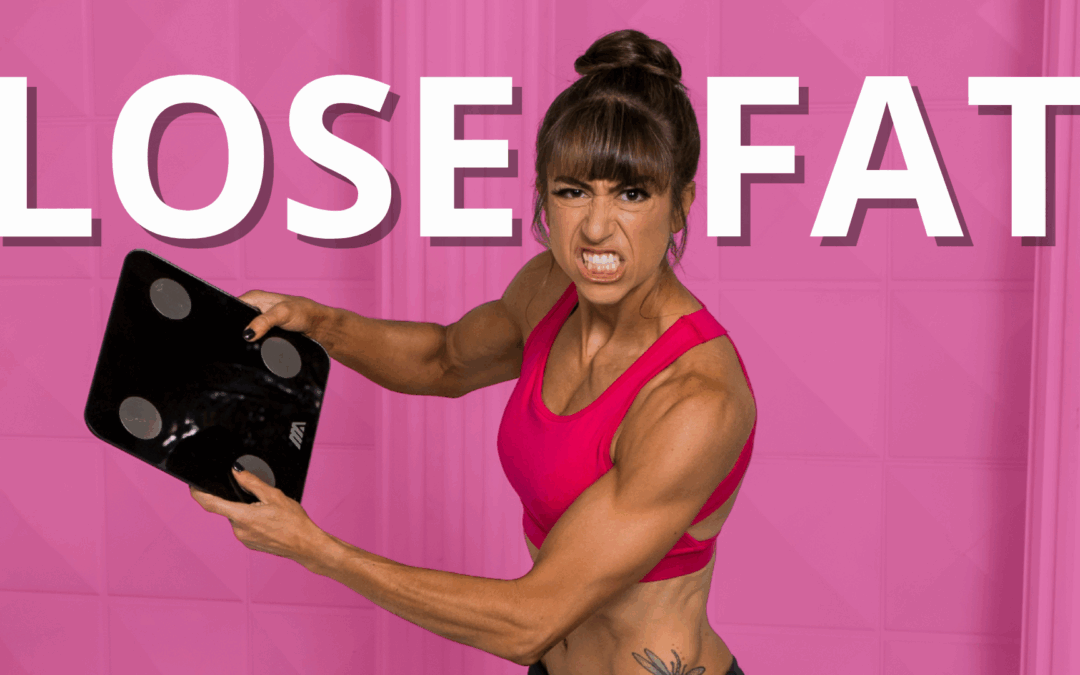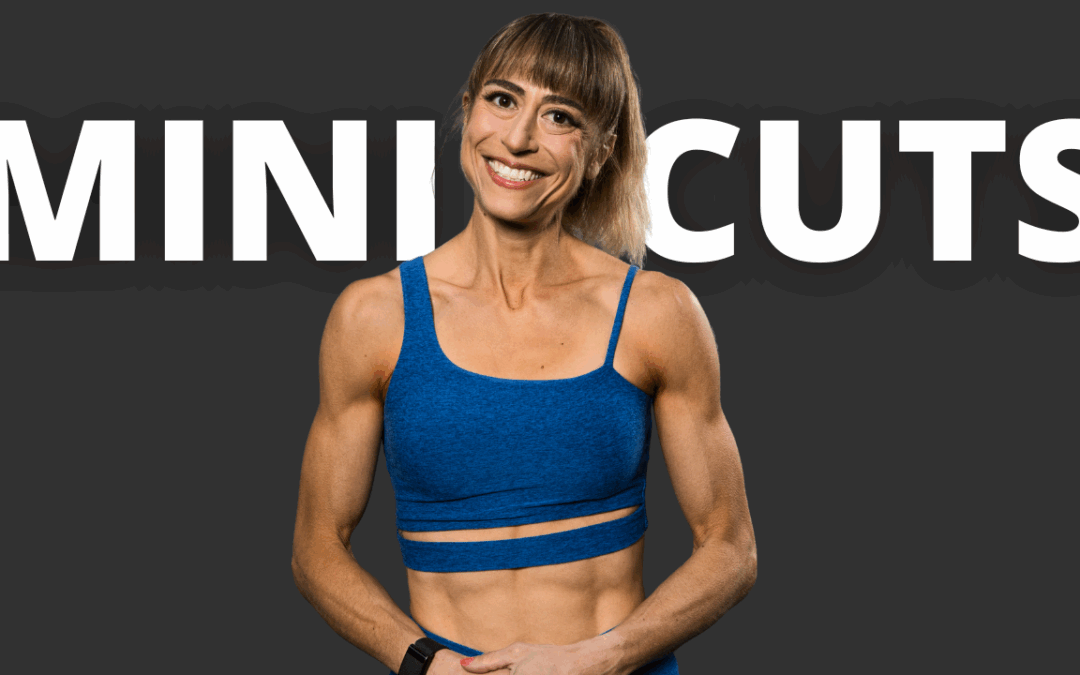
by Cori Lefkowith | Jul 27, 2025 | Blog, Exercises, Functional Fitness, Workouts
Want to build muscle? Create progression in your workouts. Note, I didn’t say “add weight.” Because while weights are an amazing, and EASY, way to create progression in your training to optimize muscle growth, you can still build muscle without having access to them....

by Cori Lefkowith | Jul 24, 2025 | podcast
Listen: Change Requires CHANGE If you’re feeling stuck and know deep down that you could be doing better, don’t wait any longer. Your life is not going to change until you take action and make a bold move towards your goals. If you’re ready to take control of your...

by Cori Lefkowith | Jul 20, 2025 | Blog, Diet, Exercises
Your metabolism does slow down as you get older. But age is NOT an excuse to just accept metabolic decline and weight gain. Because your metabolism adapts – it doesn’t just break. And you can increase your metabolic rate and improve your metabolic health at any...

by Cori Lefkowith | Jul 17, 2025 | podcast
Listen: Change Requires CHANGE If you’re feeling stuck and know deep down that you could be doing better, don’t wait any longer. Your life is not going to change until you take action and make a bold move towards your goals. If you’re ready to take control of your...

by Cori Lefkowith | Jul 13, 2025 | Blog, Diet
Want to look leaner and always feel fabulous for that big event or vacation? Well I’m going to share how you can actually accomplish this and stay leaner all year around. And it’s not a cleanse or detox. It’s not a magic pill… The secret is MINI CUTS. In this video...






